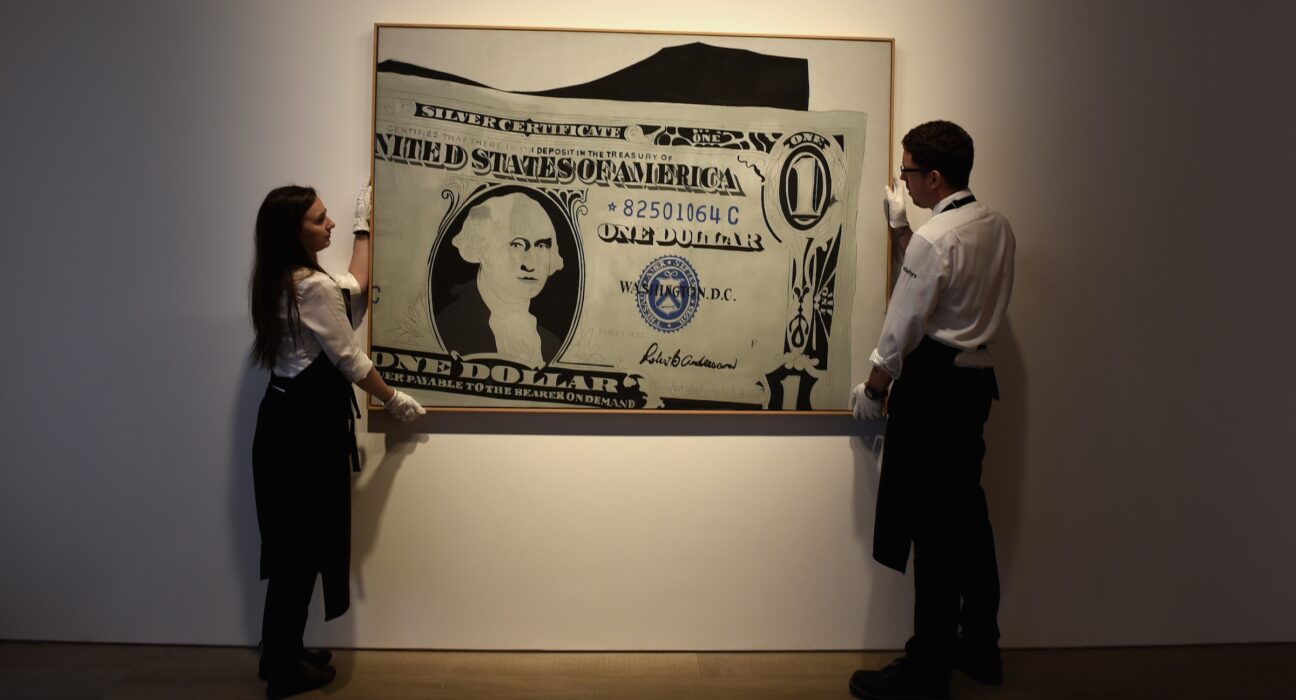How much does it cost to work in the art world? A new survey from the arts nonprofit ArtTable examined workers’ experiences in the United States’s arts and culture industry, finding that widespread poor compensation, outstanding student loan debt, and incurring costs tied to employment have continued to exacerbate inequalities, especially those relating to gender.
Led by sociologist Gillian Gualtieri, the Costs of Working in the Arts study polled 1,234 people employed across the US arts and culture sector between October 2022 to January 2023 to gain an up-to-date understanding of the post-pandemic art labor market. Now, after evaluating participants’ responses, which were gathered via a Google Forms survey, ArtTable is sharing the findings across three reports — the first of which will be presented during an online workshop later today, November 7, and publicly available next month.
Gualtieri explained to Hyperallergic that the inspiration for the project stemmed from pandemic-related concerns for the future of the art industry — a labor market that historically employs more women than men. While Gualtieri noted that the survey has limitations, such as the fact that the majority of its participants are White women, the study’s findings still clearly illustrate how gender can shape an individual’s compensation and work experience in the arts industry.
“We asked a lot of qualitative questions in addition to quantitative questions, and that allows us to contextualize a lot of these results,” Gualtieri said. “It’s those less obvious or ‘micro questions’ that actually affect people’s day-to-day lives and illustrate systemic inequities, but they’re harder to prove.”
ArtTable’s first report revealed that arts and cultural workers continue to be underpaid. This low compensation is especially prevalent among first-time workers, as 89% of respondents reported earning $40,000 or less as a base salary for their first job in the arts and culture sector. This trend stretched beyond first jobs, with 31.4% of the survey’s participants reporting that starting salaries for their current jobs were $30,000 or less. Approximately one-fifth of respondents (20.5%), a majority of whom researchers noted identified as women or non-men, said they currently earn $30,000 or less. These patterns compound the pressure of other financial costs, such as outstanding student loan debt; one arts administrator wrote in their survey response that they had to “take part-time jobs and commission projects to survive.”
On the opposite end of the pay grade, 20.3% of respondents — overwhelmingly women — reported that they currently earn $100,000 or more.
Another notable finding was that more than half of the survey’s participants (52.7%) reported sustaining unreimbursed financial charges related to their current jobs, such as material and work travel costs. Of this group, 49.7% reported that these charges totaled $1,000 or more, and 6.7% reported spending $10,000 or more on unreimbursed expenses.
Participants also described the costliness of maintaining a job in the art world. In one instance, a respondent detailed spending “thousands” on appropriate work clothes “because you can’t show up in a Zara dress when meeting with major clients.”
“I wish I had a budget for hair, nails, makeup, and outfits which is required as an aspect of this job,” the anonymous respondent wrote, adding that in their past professional experience as a lawyer, “a Macy’s suit was just fine and your attire didn’t matter.”
Gualtieri explained that this gendered imbalance appears to be a more deeply embedded “pink cost” in which women cultural workers both receive less pay than their male colleagues and invest more of their own money in job-related expenses.
“To be able to say, actually, that this [gender disparity] is way more nuanced and it’s baked into every level of training and employment and access to these kinds of jobs and who gets to do them and who gets to stay in them — that, to me, is actually capturing the experience of labor and work,” Gualtieri said.
In conjunction with the survey results’ three-part release, ArtTable is also hosting a series of virtual workshops to continue to gather data and feedback, which will be published later in an addendum to the final report. Gualtieri noted that she hopes to help facilitate collaborative solutions that are both grounded in the survey’s research and actual experiences.
The first workshop will be held tonight at 7pm EST and can be accessed here.

